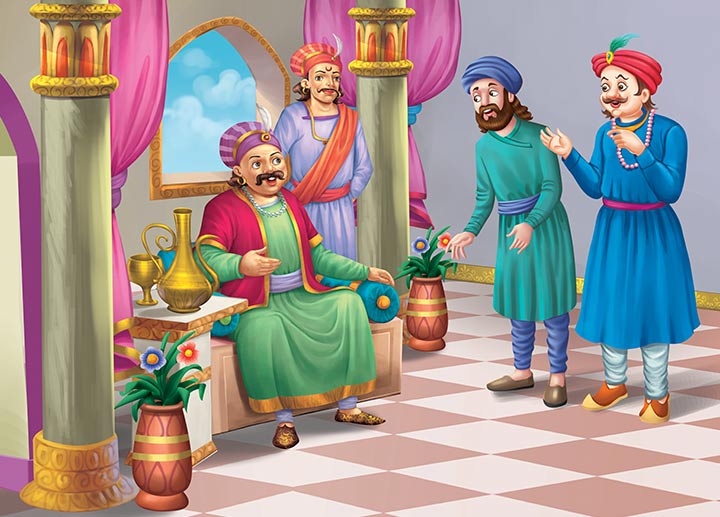

Caitlin Bergstein, a professional matchmaker with Three Day Rule, says to be clear about how you expect to be treated, then, find some middle ground. You may expect ALL their attention when together but your partner has a very involved career.
SPAT CHALLENGE HOW TO
How to deal: You’re going to have to learn to compromise. MORE: 12 Sneaky Signs You’re Unhappy in Your Relationship Managing Expectations and CompromisingĬhallenge: Agreeing on and setting expectations (e.g., they’re constantly on their phone for work, yet you expect their undivided attention all the time)

Your time will go where your priorities are,” says Rori Sassoon, a professional matchmaker and CEO of Platinum Poire.

One great way to fit in your partner-time is to do activities you both love together. How to deal: During the first year, you may find yourself making sacrifices in the form of gym time, friends and family time, and then catching heat with your friends and/or personal trainer. “Something has to give and you have to BOTH get creative with your schedule. Don’t waste your time trying to make a person want what they’ve already said they don’t want.” Making Time for Each OtherĬhallenge: Learning to sync schedules-especially after being single-so you have time for each other (and others) If you are, fine if not, it’s time to look at your other options. “For example, if they say, ‘I really don’t want a relationship right now,’ respect that and decide if you’re OK with a FWB arrangement or not. How to Deal: Talk it out and DON’T expect the other person to change, says relationship and sex therapist, Kongit Farrell. Here are just some of those common, first year challenges-and what to do about them. There are challenges that couples face during that first year, and learning how to deal with them is key. Once you get past the initial hot-and-heavy stage, the first year of a relationship is when we usually figure out if this is a relationship worth keeping around. Chemicals are racing, every new thing you learn about this other person makes them so much more attractive to you, sex is hot… we could go on. NOCoE – a partnership between AASHTO, the Institute for Transportation Engineers, and the Intelligent Transportation Society of America, with support from the Federal Highway Administration – said its SPaT challenge encouraged state and local agencies to develop traffic signal phasing and timing broadcasts for at least 20 signalized intersections in each of the 50 states by January 2020.The first stage of a new relationship is typically exciting, to say the least. Hibbard noted that Georgia DOT became involved in V2X technology research as part of the Signal Phasing and Timing or SPaT Challenge initiated by the National Operations Center of Excellence or NOCoE in 2017. The FCC recent actions on 5.9Ghz spectrum have only added to that uncertainty.” NTSB’s Graham at left interviewing Georgia DOT’s Hibbard at right. “But state and local research efforts have been constrained by uncertainty, in part by the USDOT not mandating connected vehicle technology. “Connectivity is very critical to any future transportation framework,” he added. Marler – appointed by the American Association of State Highway and Transportation Officials to chair its Committee on Transportation System Operations in October 2020 – stressed that the FCC’s actions in November 2020 to reduce spectrum available for transportation safety is a major factor impacting the deployment of V2X technology. “State DOTs are interested in types of advanced technologies like V2X because they collectively hold the potential to reduce crashes by as much as 80 percent – we are not aware of any other approach that even comes close to promise of these technologies,” he said.


 0 kommentar(er)
0 kommentar(er)
